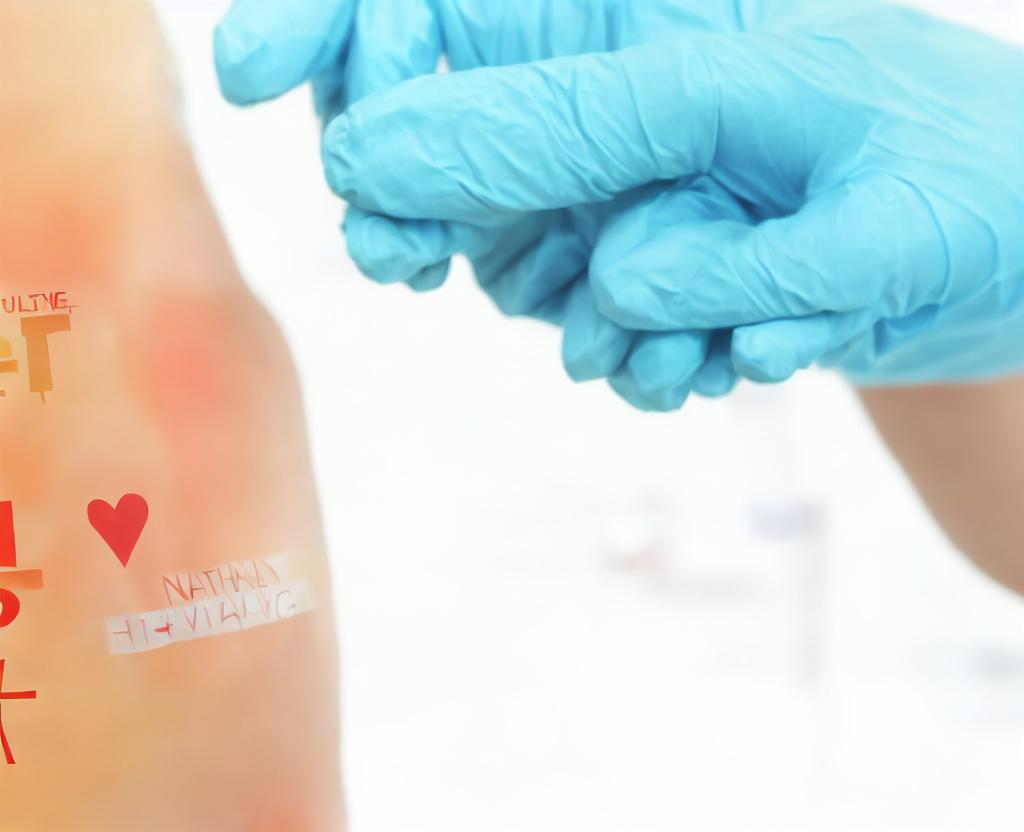
National Hiv Vaccine Awareness Day
Thousands of volunteers, community members, health professionals, and scientists who work together to produce a safe and effective HIV vaccine each year.
#hivvaccineawarenessday
HIV has been identified as the cause of AIDS for over 30 years. However, scientists are still trying to find a vaccine. To help those affected by HIV and AIDS, there are treatments and preventative steps available. However, a safe vaccine is still the only way to discourage its transmission. Today, we must spread the word to raise concerns and education about HIV vaccine research. The HIV vaccine research is a relatively new field of study.
Nearly 1 out of 7 people are living with HIV today. About 37.9 million people around the world are living with HIV/AIDS, which means nearly 37.9 million people around the world are living with HIV/AIDS. In addition, the virus seems to be the most infectious in the world's poorest and most marginalized populations. The leading causes of HIV transmission, according to the most important, are a lack of educational guidance, preventative steps, and medical therapy.
Many diseases that are caused by bacteria and viruses are also caused by vaccines. Sadly, there is no cure for HIV-infected people. Scientists are always looking for a way to create an efficient therapy. Multiple companies are teaming up to find a safe treatment. Clinical trials and experiments are regularly conducted around the world in the hopes of fighting the virus in the hopes of battling the virus.
The HIV virus, according to the National Institute of Allergy and Infectious Diseases, is a global pandemic. Progress is being made by the organization's pledge to provide prevention services to various populations around the world, but more work remains to be done.
Prevention, assistance, and education are all important aspects of prevention, guidance, and education
- Get tested
- HIV/AIDS is a disease that affects people with HIV/AIDS
- Hold a fundraiser
- Encourage treatment
- Listen to someone who is living with HIV/AIDS
- Donate to a local charity that supports people with the virus
- To show support, please use #HIVVaccineAwarenessDay and #HVAD
The national hiv vaccine awareness day is the first in national hiv vaccine awareness day
This day, organized by the National Institute of Health's National Institute of Allergy and Infectious Diseases, this day is also a day to remind our communities about the benefits of preventive HIV vaccination research. In honor of the observance of the observance, community activities and media performances are being organized around the country.
- In the Center and Disease Control (CDC) and Prevention Morbidity and Mortality Weekly Report, 1981: The first published study on HIV/AIDS appears in the Center and Disease Control (CDC) and Prevention Morbidity and Mortality Weekly Report
- The virus has been identified as acquired immunodeficiency syndrome (AIDS) by the CDC in 1982
- The CDC has determined the HIV/AIDS virus's origins in 1984
- 1985: The CDC develops a test to help identify the HIV/AIDS epidemic
- The CDC begins treatment with the antiretroviral drug azidothymidine (AZT), also known as d zidovudine, in 1987
- 1990: Two new antiretroviral drugs are introduced and tested, demonstrating that the combination reduces the amount of virus present in the body
- In Durban, South Africa, the International AIDS Conference is held
- The CDC has announced that they have launched a new strategic plan to combat HIV/AIDS' spread
- An initiative is being launched in 2003 to reduce the number of people infected with HIV/AIDS diagnosis to less than 3 million people
- Timothy, a Berlin patient, was the first case of HIV cure for a Berlin patient
- Early intervention to reduce HIV in 2011: findings from the HIV Prevention Trials Network (HPTN052) early intervention to reduce HIV in 2011 (HPTN052)
- HIV/AIDS infections in 2013 have been reduced by 30% by 30%. AIDS is also reduced by 30% in 2013
- HIV/AIDS diagnoses decreased by 19% between 2005 and 2014, according to the CDC, a 19% decrease in HIV/AIDS diagnosis between 2005 and 2014
- 2019: According to reports from the Berlin patient, there has been progress in HIV/AIDS treatment using bone marrow






